- 31 January 2024
- 334
Deaf and Blind Peoples: Transformative Role of Education
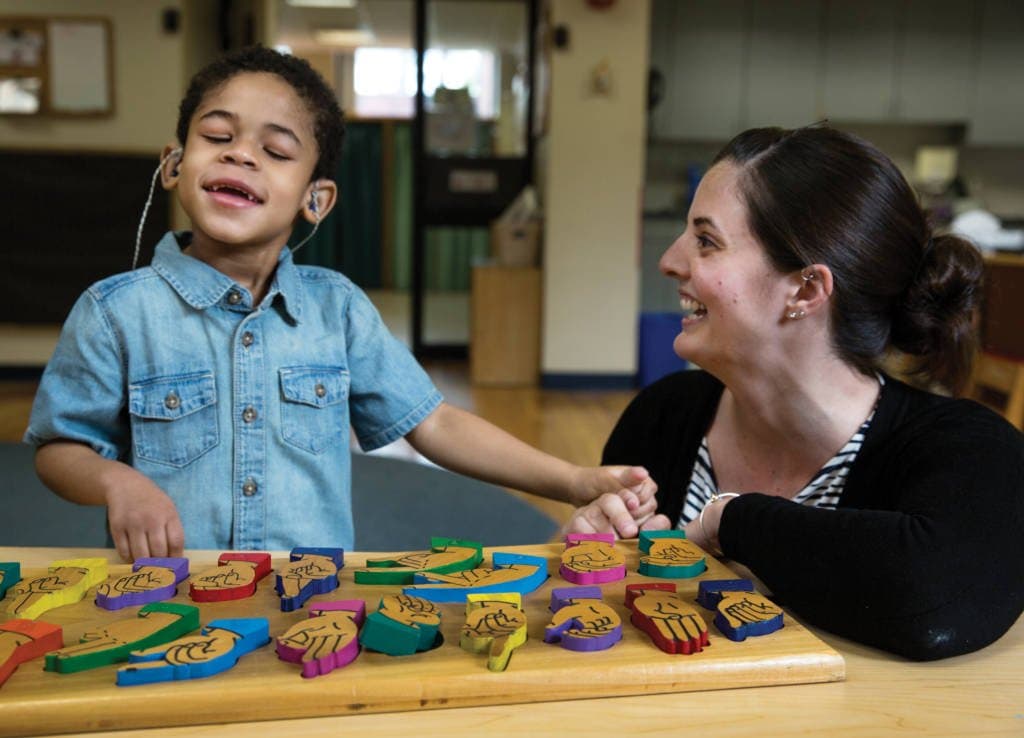
Introduction:
The intersection of deaf and blind peoples is same for education and artificial intelligence (AI) ethics plays a pivotal role. In shaping an inclusive and empowering learning environment for deaf and Blind individuals with visual or hearing impairments. This article explores the transformative impact of education and responsible AI use in enhancing the lives of deaf and blind individuals.
Inclusive Education for Deaf and Blind Peoples
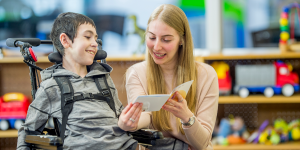
Inclusive education goes beyond physical accessibility. It encompasses creating an environment where individuals with diverse abilities can thrive for deaf and blind students, this means ensuring that educational materials, methods, and technologies are tailored to their unique needs.
Bridging Communication Barriers for Deaf and Blind Peoples:

Education becomes a powerful tool for breaking down communication barriers for the deaf and blind. Sign language, tactile learning, and auditory aids facilitate a more accessible and engaging learning experience, fostering independence and confidence among students.
Ethical Dimensions of AI for Deaf and Blind Peoples:
As AI becomes increasingly integrated into education, it brings forth ethical considerations that are particularly relevant for individuals with disabilities. Ensuring that AI technologies are designed and deployed ethically is crucial for maintaining an inclusive learning environment.
AI Use in Education for Deaf and Blind Peoples:
Educational institutions and developers must prioritize responsible AI use. From adaptive learning platforms to assistive technologies. Ethical considerations must be at the forefront of AI integration to prevent any unintentional biases or discrimination against individuals with disabilities.
Technologies for Deaf and Blind Peoples:
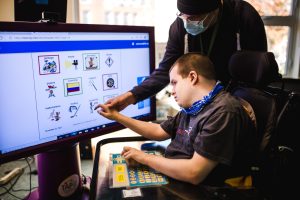
Advancements in AI-driven assistive technologies have opened new doors for deaf and blind individuals. From screen readers and text-to-speech software to image recognition, these technologies enhance accessibility and provide valuable support for independent learning.
Learning Platforms for Deaf and Blind Peoples:
Tailored AI-driven learning platforms can adapt to the unique needs of deaf and blind students. Personalized content delivery, interactive learning experiences, and real-time feedback contribute to a more inclusive educational journey.
The Role of Institutions for Deaf and Blind Peoples:
The educational landscape for individuals who are blind or deaf has evolved significantly over the years, driven by advancements in technology, a growing awareness of inclusive education, and a commitment to providing equal opportunities for all learners. This transformative journey has been marked by various key elements.
Learning Materials for Deaf and Blind Peoples:
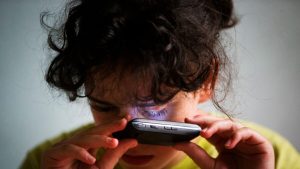
For individuals who are blind, the integration of braille and tactile learning materials has been crucial. From textbooks to educational resources, creating materials that cater to tactile learning enables a more inclusive educational experience.
Innovation for Deaf and Blind Peoples:
Investing in innovation hubs and research centers dedicated to inclusive education fosters the development of cutting-edge technologies and methodologies. That benefit individuals who are blind or deaf. In summary, the educational landscape for individuals who are blind or deaf has undergone a remarkable transformation, embracing technological advancements and a commitment to inclusivity. The ongoing collaboration between educators, technology developers, and advocacy groups continues to shape a more accessible and empowering learning environment for all.
Audio Materials for Deaf and Blind Peoples:
For those with visual impairments, audio materials and audiobooks have become essential tools. This allows blind individuals to access information in a format that suits their learning needs.
Screen Readers for Deaf and Blind Peoples:
The widespread use of screen readers has transformed the way blind individuals interact with digital content. These tools convert text into speech, enabling access to online resources, documents, and websites.
Text-to-Speech Software for Deaf and Blind Peoples:
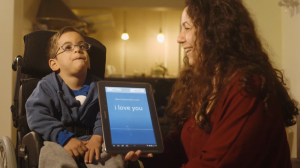
For individuals who are deaf, text-to-speech software provides a means of converting written content into audible formats. This ensures that deaf learners can engage with written materials effectively.
Sign Language for Deaf and Blind Peoples:
Technologies supporting sign language interpretation have facilitated communication for deaf individuals. Video relay services and virtual sign language interpreters enable real-time communication in educational settings.
Adaptive Platforms for Deaf and Blind Peoples:
Adaptive learning platforms leverage AI to customize educational content based on individual needs. This benefits learners with diverse abilities, providing tailored experiences that accommodate different learning styles.
Interactive Experiences:
Virtual environments and interactive simulations enhance the educational experience for both blind and deaf individuals. These tools create immersive learning opportunities that go beyond traditional methods.
Universal Design for Learning (UDL):

The adoption of UDL principles ensures that educational materials and activities are designed to accommodate various learning preferences. This approach considers the needs of all students, including those who are blind or deaf.
Accessible Education:
Efforts to make science, technology, engineering, and mathematics (STEM) education more accessible include tools. That convert complex equations into tactile graphics and interactive models that benefit both blind and deaf learners.
Teacher Training:
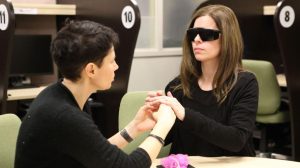
Training educators to employ inclusive teaching practices is vital. This includes understanding the unique needs of students who are blind or deaf and incorporating appropriate technologies and strategies into teaching methodologies.
Cultural Competence for Deaf and Blind Peoples:
Sensitizing educators to the cultural aspects of deafness and blindness fosters a more inclusive and supportive learning environment. This includes understanding sign language and embracing diverse communication methods.
Collaboration:
Collaborations between educational institutions, technology developers, and advocacy groups have played a pivotal role in advancing inclusive education. Joint efforts aim to address challenges and create innovative solutions.
Advocacy Policies:
Advocacy for policies that promote inclusive education ensures that the needs of individuals who are blind or deaf are considered at the institutional and policy levels.
Feedback Loops and Innovation:
Establishing feedback mechanisms involving students, educators, and technology developers facilitates continuous improvement. This iterative process ensures that educational tools and resources evolve to meet the changing needs of the blind and deaf communities.
Education Training:

Educators play a crucial role in fostering an inclusive learning environment. Training programs that focus on adapting teaching methods, utilizing assistive technologies, and understanding the ethical implications of AI ensure that educators are well-equipped to support students with disabilities.
Institutional Commitment to Accessibility:
Educational institutions must commit to accessibility as a fundamental principle. This involves not only providing physical accommodations. But also investing in technology and resources that ensure a universally accessible learning experience for all.
Conclusion:
In the symbiotic relationship between education, AI ethics, and the empowerment of deaf and blind individuals, a brighter future unfolds. By recognizing the unique needs of these learners, embracing ethical AI practices, and fostering inclusivity at every level of education, we pave the way for a more equitable and empowering educational landscape. In conclusion, education, coupled with ethical AI integration, has the power to transform the lives of deaf and blind individuals, breaking down barriers and opening doors to a world of knowledge and opportunities. As technology continues to advance, the commitment to inclusive learning remains essential, ensuring that every individual, regardless of ability, can participate fully in the educational journey.

